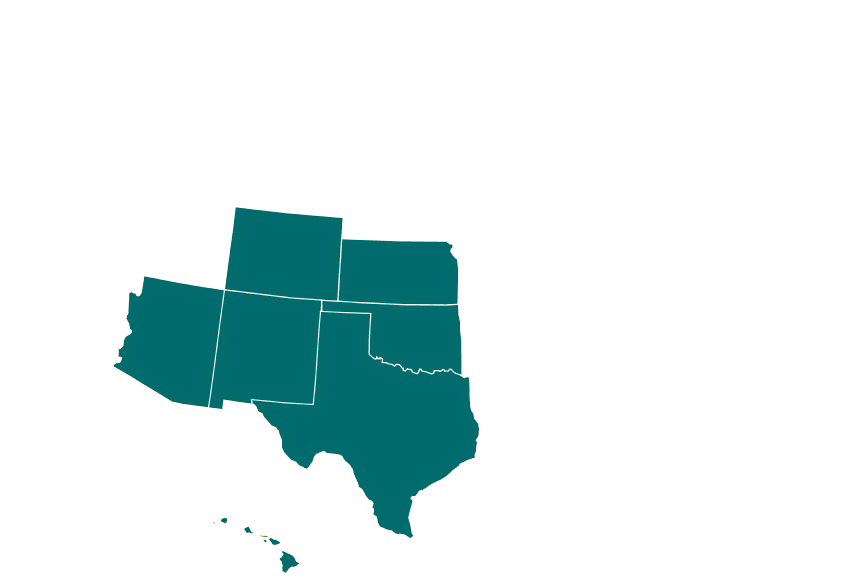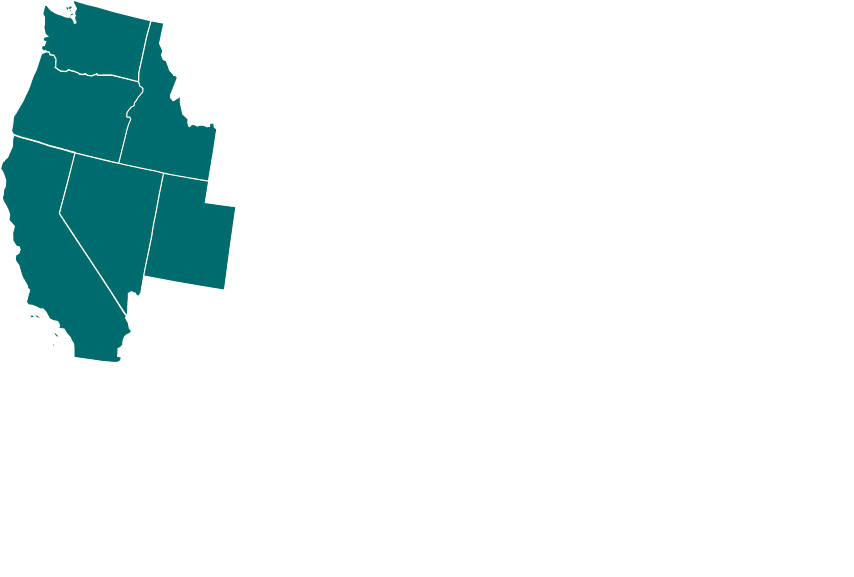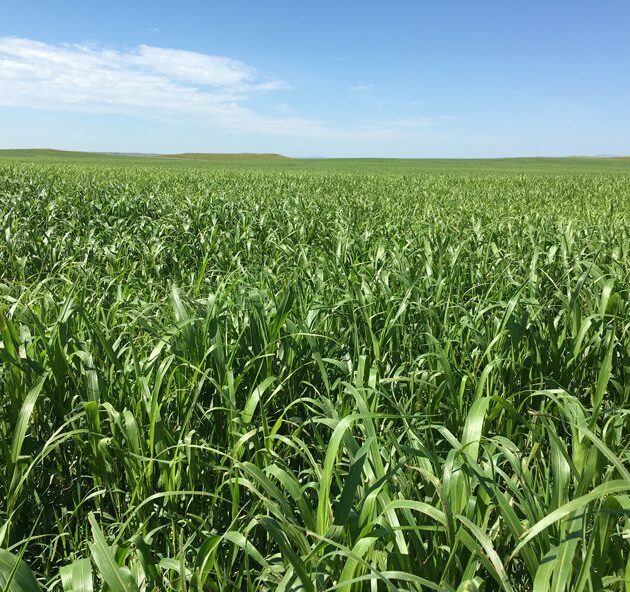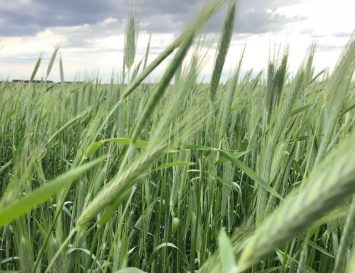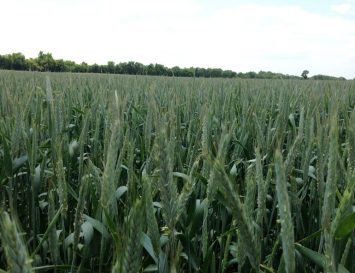Piper Sudangrass
$1.30 lb
| Package | 50 lb bag |
Need some help? Contact us.
Description
Piper sudangrass is a warm-season annual, commonly grown for forage. With finer stems and leaves than sorghum-sudangrass, Piper Sudangrass can be used for hay or grazing. Piper is known for its rapid growth and lower prussic acid content than sorghum sudangrass. It produces large amounts of organic matter and suppresses weeds.
Drilled Seeding Rate | 15 lbs/acre
Product Guide
Planting
- Planting Time: Late Spring – Mid Summer
- Sudangrass needs a minimum soil temperature of 60 degrees to germinate
- Drilled Seeding Rate: 20 lbs/acre
- Ideal Seed Depth: 1/2″-1″
Fertility
- Sorghum sudangrass requires approximately 30 lbs of N, 9 lbs of P₂O₅, 34 lbs of K₂O, and 6 lbs of S per ton of forage produced.
- Apply ½ rate of nitrogen before or immediately after planting, and the other ½ rate 30 days after emergence.
- If crop is intended for multiple cuttings, split apply the total rates recommended between each cutting.
- Do not exceed a total of 10 lbs/a of N+K if fertilizer is placed in-furrow at planting.
Weed Control
Plant into a clean, weed-free seedbed and use the herbicide options below for optimal weed control:
| Timing | Herbicide | Rate | Notes | Weeds Controlled | Control Method |
| Preplant or Preemergence | Glyphosate** | 32 oz/a | Apply any time before crop emergence. | Grasses & Broadleaves | Contact |
| Post-emergence | Broclean (Bromoxynil) | 1-1.5 pts/a | Apply from 4-leaf stage and prior to preboot stage. | Broadleaves | Contact |
| Starane Ultra (Fluroxypyr) | 0.3-0.4 pts/a | Apply from 4 – leaf stage through 7-leaf stage. | Broadleaves | Contact |
*Always read and follow label instructions before making an application.
**Different glyphosate products may have different application rates. Refer to the label before making an application.
Disclaimer: All products and rates were provided by university-based sources and product labels. Always follow label instructions and consult your local chemical dealer and seed dealer before making any applications or planting of seed.
Harvest Management
- Hay or Haylage: For best performance in a multi-cut system, cut either 40 days after emergence or when the plant is 40″ tall –
whichever comes first. Leave 4″–6″ of stubble to allow best regrowth.- Cutting stimulates Piper to tiller which causes the stand to thicken after each harvest.
- In a single cut system, allowing plants to mature to at least the early heading stages will increase yield. Piper maintains forage
quality very well as it matures. - Grazing: Begin when plants are at least 18″ tall and graze to a minimum stubble height of 4″–6″ before removing livestock to allow
for regrowth.- Piper performs best in a rotational grazing system due to its rapid regrowth.
- Nitrates: Sudangrass that is stressed to the point of stunted growth can accumulate nitrates in the lower portion of the plant and
should not be grazed or hayed during these stress periods. Ensiling sudangrass with high levels of nitrates will reduce them to safe
levels. - Prussic Acid: Avoid grazing sudangrass for 5–7 days following a killing frost due to potential for prussic acid concentrations to
reach toxic levels. After this period, it is safe to graze for the remainder of the season. If haying, the drying process will allow prussic
acid to exit the plant and hay will be safe to feed. Ensiling also eliminates prussic acid concerns in sudangrass.
Multiple Regions
Every acre is different and our goal is to help you know what works best in your area. This 'Growing Regions' section showcases where this species works best. If you have any questions on product placement, feel free to contact our experts and we will help!





